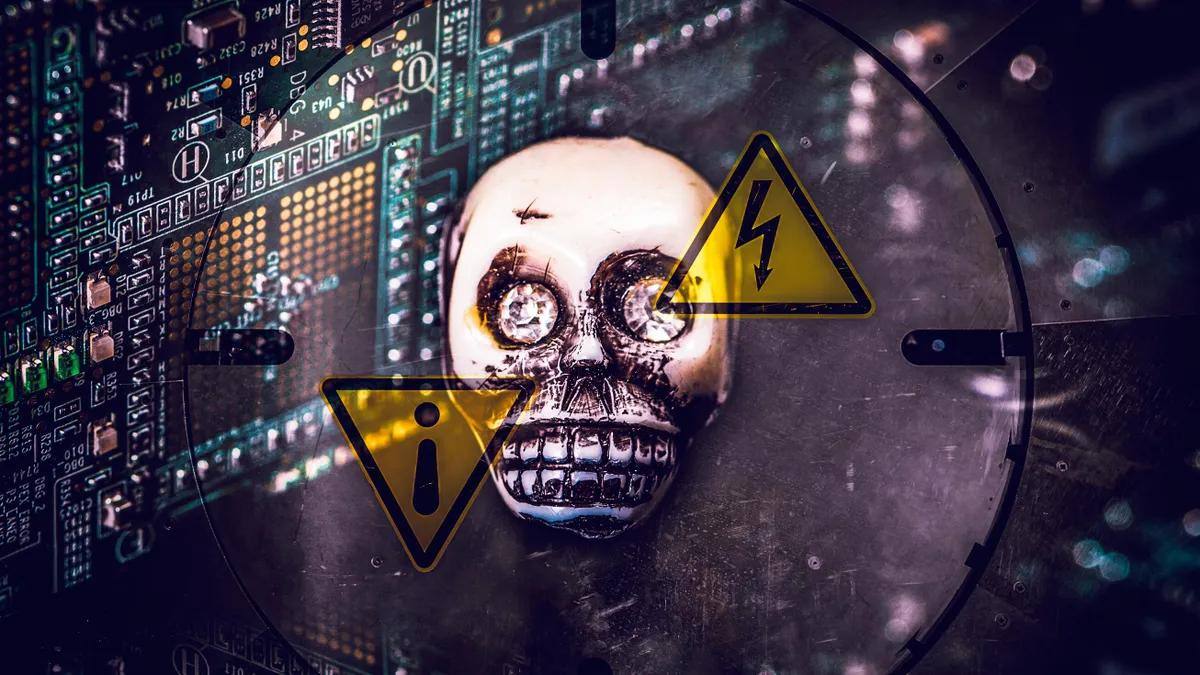
AI Misinformation: Why It Works And How To Spot It
You can take steps to tackle the challenge of navigating the digital field, but it’s getting more and more challenging because of AI Misinformation.
Imagine yourself in 2024, a year and a half before the presidential election, when the Republican National Committee decides to go all-out with attack ads against President Joe Biden.
Here’s the twist – they used generative AI to create an alternate reality painted with a partisan brushstroke in their political ad. This ad paints a vivid picture of what the committee hopes we’ll believe would happen if Biden gets reelected. The scenes flicker with images of migrants surging across US borders, whispers of an impending world war, and soldiers pacing through desolate American cities. A barely noticeable disclaimer dances at the top left corner, stating, “Built entirely with AI imagery.”
Now, the curious thing is, that the method behind this AI-generated madness remains shrouded in mystery. The committee’s been mum on the details, leaving us to wonder what sparked this digital tapestry. Ideas like “devastation,” “governmental collapse,” and “economic failure” might have fueled their creative AI minds – but who knows? They haven’t spilled the beans despite prodding questions.
And hey, political ads are just the tip of the iceberg. The wild world of misinformation has found new wings in AI-generated images and text. Brace yourself for tales like Pope Francis going all fashion-forward in a Balenciaga puffer jacket (not true, by the way), or TikTok treating us to a trashy, but entirely fake, Parisian street scene that raked in over 400,000 views. It’s not just about politics; AI is having its moment across the board. Tools like OpenAI’s ChatGPT and Google Bard are owning the limelight in 2023. These digital wizards are not only transforming computer programming and education but are rubbing elbows with major TV shows and even penning novels. Giants like Microsoft are pumping billions into this AI bonanza.
But here’s the deal with these generative AI tools – they’re like wizards drawing magic from vast pools of data, snatched from every corner of the web, and sometimes from hush-hush places. When you toss them a question or a prompt, they whip up text, images, sounds – you name it. It’s like having your very own creative genie, just with pixels instead of puffs of smoke. Coding, composing music, whipping up pictures – all fair game. A bit of prompt-tweaking and voila! Yet, like a double-edged sword, this techno-wizardry can spark genius in some and stoke fears in others.
The tricky part? When AI gets so good at mimicking reality we can’t tell the difference. Or when AI decides to roll out deceptive content – not just innocent misinformation, mind you, but full-fledged disinformation, designed to deceive and hurt. Mischievous minds can cook up AI-generated fakes on a shoestring budget, and experts warn they might even outdo human-made deception. Now, the stakes are high. This AI-powered misinformation show can mess with ballots, ruffle the stock market’s feathers, and even throw our collective sense of reality for a loop, as AI guru Wasim Khaled points out.
“As AI blurs the line between fact and fiction, we’re seeing a rise in disinformation campaigns and deepfakes that can manipulate public opinion and disrupt democratic processes,” notes Wasim Khaled, the mastermind behind Blackbird.AI, an AI-driven storyteller that keeps businesses on their toes. He’s got a point. This blurring of lines could play havoc with our trust in info and trigger a round of ethical arm-wrestling.
Even though the tech bigwigs behind AI are trying to play watchdog, the misinformation train has left the station. The experts aren’t entirely certain if they can slam the brakes on AI misuse, but they’ve got a nifty guide to spotting the sneakiness and slowing its sneaky spread. So, while the bots are buzzing and the bytes are flying, remember, with a keen eye and a pinch of skepticism, you can surf the waves of this AI-infused world like a pro. Stay curious, stay vigilant.
What is AI misinformation and why is it effective?
Throughout history, technology has been a double-edged sword, wielding both information and misinformation. Remember those wild conspiracy-laden emails forwarded by your quirky relative, or the barrage of Facebook posts about COVID-19 that left you scratching your head? Misinformation, dressed in digital garb, has a knack for sneaking in. Even those pesky robocalls with their tall tales about mail-in voting join the misinformation circus. And boy has this problem escalated recently. Thanks to the turbocharged megaphone that is social media, the peddlers of falsehoods have found their podium. So much so, that back in 2021, US Surgeon General Dr. Vivek Murthy labeled it an “urgent threat.” He wasn’t mincing words – COVID misinformation was jeopardizing lives.
Now, let’s talk about the shiny new toy in the misinformation workshop: generative AI technology. Sure, it’s far from perfect. AI chatbots might just cough up answers that are more fiction than fact, and those AI-crafted images? Well, they sometimes sport a distinct “uncanny valley” vibe. Yet, here’s the kicker – it’s user-friendly. This easy-breezy nature makes generative AI tools like that trusty Swiss army knife that everyone’s aunt seems to have – versatile and potentially risky.
The realm of AI-spun misinformation is a colorful one. In May, the Russian state-sponsored RT.com pulled a virtual stunt by tweeting a bogus explosion near the Pentagon. Guess what? It went viral. People shared it left and right, and even the stock market caught a fever. Talk about virtual chaos with real-world consequences. And that’s just the tip of the iceberg.
Ever heard of NewsGuard? They’re the gatekeepers of news trustworthiness, and they’ve found over 300 sites cozying up to the title of “unreliable AI-generated news and information websites.” These digital tricksters parade around with legit-sounding names but harbor content that’s faker than a spray-on tan. Celebrity death hoaxes, fake events – they’ve got it all.
Here’s where things get tricky. As AI’s mischievous creations grow more sophisticated, they’re shedding their obvious fakery cloaks. Not only that, but they’re also tapping into the emotional strings of our hearts. Imagine AI-created misinformation that hits you right in the feels. It’s like an emotional con job. “AI-generated misinformation tends to actually have greater emotional appeal,” says Munmun de Choudhury, an expert from Georgia Tech’s School of Interactive Computing. Those sneaky algorithms know just how to pluck at those heartstrings.
You May Also Read “How Robotaxis Are Dividing San Francisco“
And hey, here’s a mind-bender: AI can be a bit of a trickster all on its own. It might churn out falsehoods like a vending machine that doesn’t know what’s inside. Javin West, a wizard from the University of Washington, calls it a “hallucination.” You see when AI is given a job, it’s supposed to whip up a response grounded in facts. But now and then, it goes off the rails, creating phantom sources and referencing things that don’t exist, like books from another dimension or news articles from a parallel universe.
Google’s Bard had quite the debut – even the employees who tested it before its public rollout in March had mixed feelings. Some called it a “pathological liar.” Imagine an AI that’s a bit like the boy who cried wolf, offering sketchy advice on everything from plane landings to scuba diving.
So here’s the double trouble: AI-generated content isn’t just plausible; it’s gripping too. And the twist in this tale? There are folks who are more than willing to believe this digital tall tale. That’s the jet fuel that turns these whispers of fiction into roaring viral infernos. Misinformation has found its AI-powered chariot, and the ride is getting bumpier by the day.
What to do about AI misinformation?
When it comes to tackling the challenges posed by AI-generated misinformation and the broader risks associated with AI technology, the developers behind these innovations are walking a fine line between intention and action.
Take Microsoft, for instance, which poured substantial investments into OpenAI, the brains behind ChatGPT. In a puzzling move, they made headlines by letting go of 10,000 employees, including the very team responsible for weaving ethical principles into the fabric of AI use within Microsoft products. It’s like watching a ship set sail while leaving behind its moral compass.
When the question about these layoffs came knocking on the door of Microsoft CEO Satya Nadella, he took to the airwaves of the Freakonomics Radio podcast in June to address it. He emphasized that AI safety has now become a pivotal ingredient in their recipe for product-making success. Nadella gave it to us straight: “The work that AI safety teams are doing has now become so mainstream… if anything, we’ve doubled down on it.” To him, AI safety stands on par with other crucial aspects of software development like performance and quality.
But Microsoft isn’t alone on this journey. A consortium of AI heavyweights including Google, Microsoft, OpenAI, and the AI safety and research virtuosos at Anthropic came together to birth the Frontier Model Forum on a fateful July 26. Their grand mission? To shepherd AI safety research, sketch out best practices, and lock arms with policymakers, scholars, and other industry peers. It’s a veritable league of extraordinary safety-conscious gentlemen.
Now, let’s shift the spotlight to government corridors. US Vice President Kamala Harris staged a sit-down summit with the bigwigs of Google, Microsoft, and OpenAI back in May. They huddled to discuss the looming shadows cast by AI’s potential pitfalls. Fast forward two months, and these industry leaders penned a “voluntary commitment” letter to the Biden administration, promising to dial down the risks posed by AI. It’s like a virtual handshake sealing a deal for a safer digital world.
And across the pond in the European Union, policy gears are churning too. They’re eyeing tech titans with a proposal: slap a label on AI-spun content before it’s unleashed into the wild. They’ve made their intent clear, pledging to ink this into legislation in the future. It’s like planting a signpost to signal that AI-generated content isn’t just another digital plaything; it’s a serious game.
In the grand scheme of things, the AI pioneers acknowledge the weight of responsibility that comes with their creations. The push and pull between potential dangers and promises of progress are at the heart of a digital dance. They’re tinkering, collaborating, and even grappling with governance – all in a bid to ensure that the AI future is a smart and safe one. But as the path unfolds, only time will reveal the true balance between words and actions.
What you can do to avoid gen AI misinformation
The battle against AI-fueled misinformation is on, but the tools to detect and debunk it aren’t quite the knights in shining armor we hope for. Munmun de Choudhury’s study reveals that the tools designed to sniff out AI-generated falsehoods need a bit more schooling to become adept at handling this digital mischief.
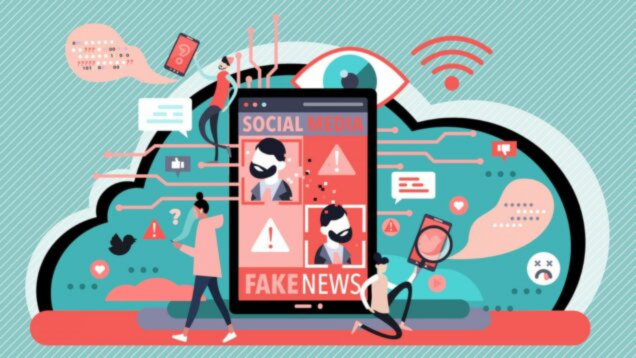
OpenAI, the very creator of AI marvels, faced a humbling moment in July when they had to pull the plug on their own tool designed to spot AI-written text. The reason? Its accuracy rate was far from impressive.
You May Also Like “ChatGPT Creator OpenAI Says AI Tools Can Be Effective In Content Moderation“
Amid this digital cat-and-mouse game, Wasim Khaled, an AI maestro, suggests wielding skepticism and a keen eye for detail. According to him, AI-generated content, for all its sophistication, often reveals its hand with subtle hiccups or irregularities. It’s like a magician slipping up on a trick – you just need to catch it.
So, here’s your toolkit to sniff out AI-born shenanigans:
1. AI Quirks
Keep an eye out for odd phrasing, random tangents, or sentences that seem to have wandered off the plot. When it comes to images or videos, wonky lighting, bizarre facial expressions, or weird background merges could signal AI’s handiwork.
You May Also Like “Will Robots Take Over The World?“
2. Consider the Source
Think about the pedigree of the source. Is it a household name like the Associated Press, BBC, or The New York Times, or does it hail from an unknown corner of the internet?
3. Research, Research, Research
If something online looks like it took a detour to the realm of the absurd, don your digital detective hat. Pop the keywords into a search engine and uncover the truth behind the virtual veil.
4. Reality Check
Pause and talk to trusted pals about what’s unfolding online. Being trapped in a virtual bubble where reality and fiction merge is never a good look.
In this fight, perhaps the most important weapon is your refusal to fan the flames. Whether it’s created by humans or artificial intelligence, don’t share content that raises eyebrows. Ultimately, you decide whether to spread misinformation or illuminate the truth. It’s up to you, savvy internet explorer.
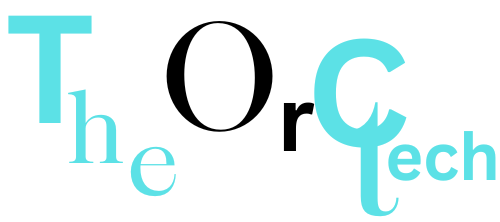
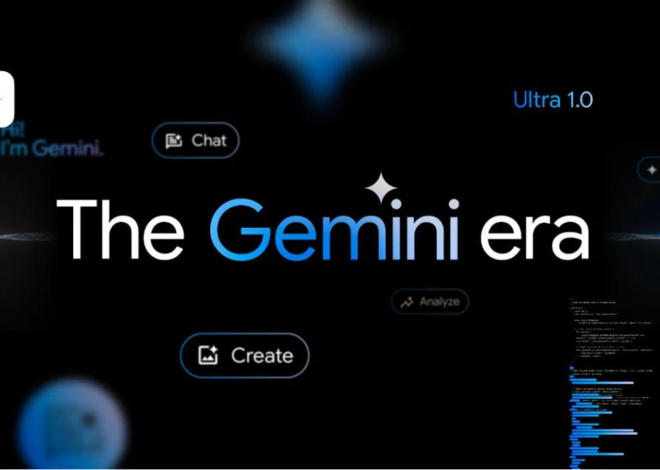

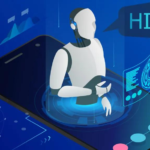
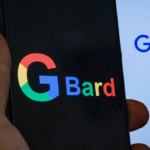
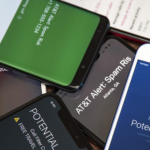
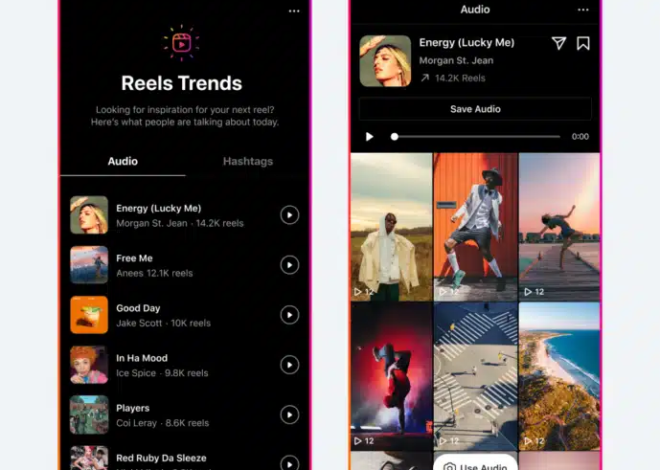
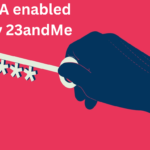


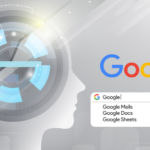
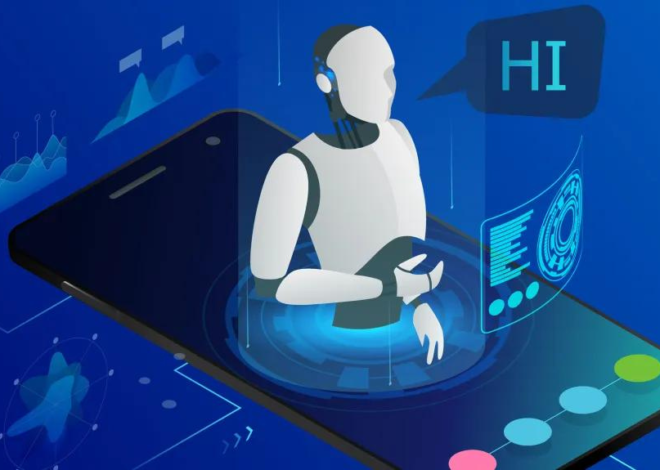
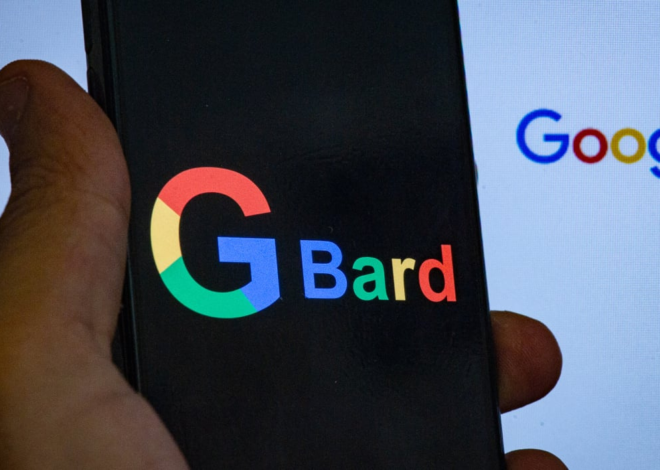
Hello,
I just wanted to know if you require a better solution to manage SEO, SMO, SMM, PPC Campaigns, keyword research, Reporting etc. We are a leading Digital Marketing Agency, offering marketing solutions at affordable prices.
We can manage all as we have a 150+ expert team of professionals and help you save a hefty amount on hiring resources.
Interested? Do write back to me, I’d love to chat.
If you are interested, then we can send you our past work details, client testimonials, price list and an affordable quotation with the best offer.
Many thanks,
Monarch
Wishing you a fantastic New Year filled with achievements and growth!
Your Website : theorctech.com